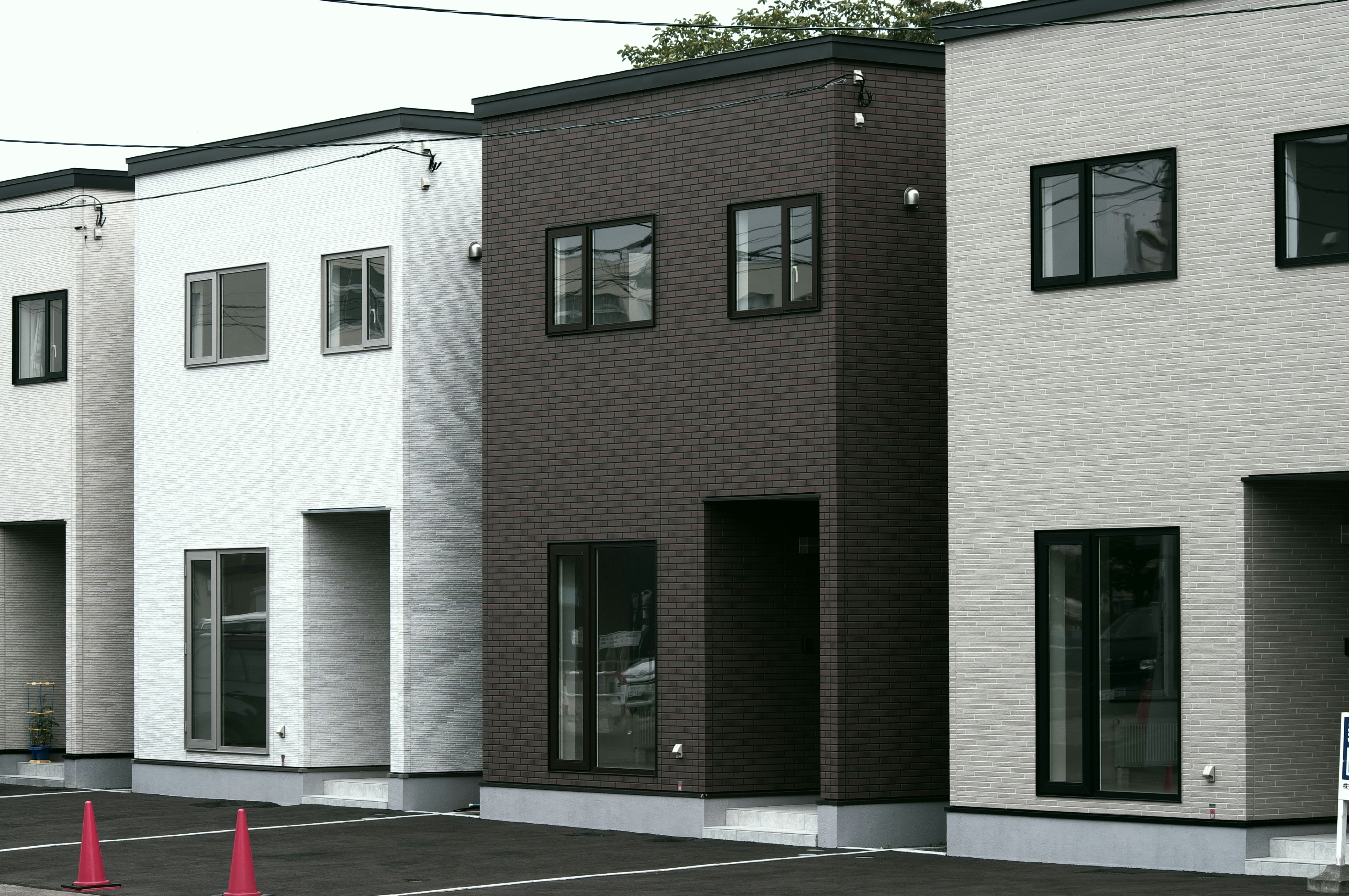April Commercial Real Estate Market Overview
Feb 6, 2022
Key Points
Research suggests New Jersey’s industrial real estate is cooling, with rents dropping and more vacant spaces, but demand for tech-ready properties remains strong.
It seems likely that technology, like smart warehouses and automation, is driving changes, especially in North and Central Jersey.
The evidence leans toward opportunities for investors in sustainable, flexible spaces, though higher interest rates pose challenges.
April Market Overview
New Jersey’s industrial real estate market, a vital part of the state’s economy, is navigating a shift. Recent data shows asking rents fell 6.3% year-over-year to $15.16 per square foot in Q4 2024, with projections for a further drop to $14.77 by year-end 2025, due to new supply outpacing demand and increased sublease availability. Leasing activity rose 2.21% to 33.7 million square feet in 2024, yet it’s below the 10-year average of 36.4 million square feet. New deliveries totaled 10.9 million square feet, with 5.17 million square feet vacant, though over 50% were pre-leased, signaling ongoing interest.
Technology’s Role
Technology is reshaping the landscape, with smart warehouses using IoT for energy efficiency and inventory tracking becoming standard, especially in North Jersey hubs like Newark. Automation, like robotics for sorting, is transforming manufacturing spaces in Central Jersey, such as Woodbridge and Edison, with costs for upgrades ranging from $100 million to $300 million for large facilities. Data analytics is also key, helping tenants choose locations with optimal logistics, while virtual tours streamline leasing.
Opportunities and Challenges
Investors can find value in tech-ready, sustainable properties, with certifications like LEED attracting tenants. However, higher interest rates and economic uncertainty, particularly affecting larger spaces, pose hurdles. Tenants benefit from landlord concessions, like 10 months free rent on 10-year leases, up from 1-2 months, but competition from other markets and regulatory costs add complexity.
Survey Note: Detailed Analysis of Technology’s Impact on New Jersey Industrial Real Estate
New Jersey’s industrial real estate sector, a linchpin for logistics, manufacturing, and distribution, is undergoing a technological revolution that’s reshaping its trajectory. As of April 2025, this market is at a crossroads, balancing cooling trends with innovative opportunities, particularly in industrial hubs like North and Central Jersey. This analysis, informed by recent market reports and industry insights, dives deep into how technology is driving change, offering a comprehensive view for investors, developers, and tenants searching for “NJ Industrial Real Estate” trends.
Market Snapshot: Cooling Yet Resilient
Recent data from Avison Young’s New Jersey Industrial Market Report highlights a market cooling after a period of high activity. Asking rents declined 6.3% year-over-year to $15.16 per square foot in Q4 2024, with projections suggesting a further dip to $14.77 by the end of 2025. This drop stems from new deliveries outpacing demand, increased sublease availability, and negative net absorption. Leasing volume in 2024 reached 33.7 million square feet, up 2.21% from the previous year, but it falls short of the 10-year average of 36.4 million square feet. New inventory delivered was 10.9 million square feet, with 5.17 million square feet vacant, yet a significant 50% of these new spaces were pre-leased, indicating sustained demand for quality properties.
The New Jersey Business Magazine’s article, “Triumphs & Trials for NJ’s Industrial Real Estate Market,” adds context, noting availability rates nearly doubled from 3.35% in 2022 to 6.23% by late 2023 in northern and central NJ, per Colliers. Despite this, the vacancy rate in Q1 2024 was 4.9%, akin to 2007 levels but with 65 million more square feet of inventory, suggesting no oversupply. This resilience is partly due to New Jersey’s strategic location, home to the East Coast’s largest seaport and within a day’s drive of 107 million consumers, making it a lodestar for industrial activity.
Technology’s Transformative Wave
Technology is the driving force behind these shifts, particularly in smart warehouses and automation. IoT-enabled features, such as sensors for temperature control and energy management, are becoming standard in North Jersey warehouses, like those in Newark and Jersey City. These systems adjust lighting and HVAC based on occupancy, cutting costs while aligning with New Jersey’s sustainability goals. Avison Young’s report notes over 50% of 2024’s new deliveries were pre-leased, often by tenants seeking these tech enhancements, with companies like Prologis and TJX Companies securing large leases, such as TJX’s 1.3 million square feet in the Meadowlands.
Automation is another game-changer, especially for manufacturing in Central Jersey hubs like Woodbridge and Edison. Robotics for palletizing, sorting, and autonomous navigation are transforming facilities, with costs for equipment and infrastructure ranging from $100 million to $300 million for spaces between 500,000 and 1 million square feet, as cited in the magazine article. This investment, while steep, promises reduced labor costs and faster order fulfillment, appealing to tenants in a competitive market.
Data analytics is also reshaping decision-making. Cushman & Wakefield’s New Jersey MarketBeat reports emphasize how tenants use data to select sites with optimal logistics, particularly in Northern New Jersey, where leasing activity surged 23.1% in 2024 compared to pre-COVID levels. Virtual tours and 3D modeling, powered by tech, streamline leasing, allowing tenants to visualize spaces remotely, a boon for efficiency in a state with diverse submarkets.
Sustainability, too, is tech-driven. Energy-efficient designs, like solar panels and smart thermostats, are increasingly common, with properties achieving LEED or ENERGY STAR certifications commanding premiums. Avison Young’s Q4 2024 data shows asking rents slightly down, but sustainable properties hold value, reflecting New Jersey’s clean energy push.
Regional Dynamics: North, Central, and Beyond
The technological impact varies by region. Northern New Jersey, including Newark and Jersey City, benefits from proximity to New York City and major ports, with high demand for tech-ready warehouses. Central Jersey, with hubs like Woodbridge and Edison, sees growth in automated manufacturing spaces, while Southern New Jersey, near Philadelphia, offers potential for expansion, especially with improved transport links. These regional nuances, detailed in the New Jersey Business Magazine, highlight where tech investments can yield the highest returns.
Opportunities and Challenges: A Balancing Act
For investors and developers, the opportunities are clear. Tech-ready properties, particularly those with IoT and automation, can attract premium tenants, especially in a market where landlord concessions, like 10 months free rent on 10-year leases (up from 1-2 months, per CBRE), are common. Sustainable designs also open doors, aligning with tenant preferences and state policies. However, challenges abound. Higher interest rates, noted in the magazine as a factor slowing growth, make financing tougher, particularly for large-scale automation projects. Economic uncertainty, post-COVID, has eased consumer demand, impacting leasing activity, which averaged 5 million square feet quarterly in 2024, down from 6.5 million in 2020.
Competition from other markets and regulatory costs, such as New Jersey’s strict environmental standards, add complexity. Yet, for tenants, these conditions offer negotiating power, with concessions providing breathing room to invest in tech upgrades. The bright outlook, as Colliers predicts, suggests activity will pick up later in 2025 as interest rates stabilize, boosting confidence for leasing decisions.
Future Outlook: A Tech-Driven Horizon
Looking ahead, New Jersey’s industrial real estate is poised for a tech-driven future. As economic conditions improve, large transactions will likely continue, with companies seeking spaces that support digital transformation. Smaller tenants will seek flexible, tech-enabled options to scale efficiently. For stakeholders, staying ahead means embracing smart warehouses, automation, data analytics, and green tech. This approach not only meets current demands but positions properties for long-term success in one of the nation’s most dynamic industrial markets.



